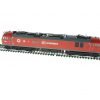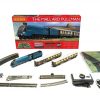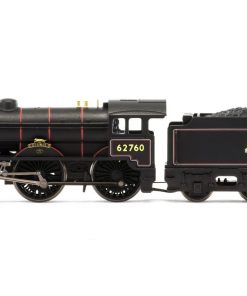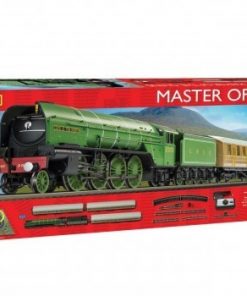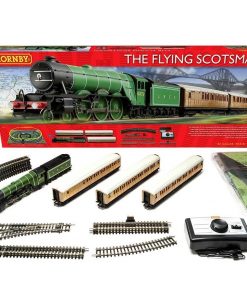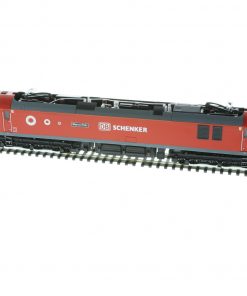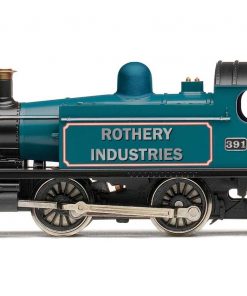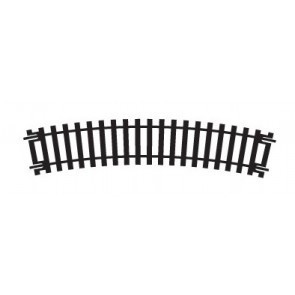RailRoad LMS 4-4-0 Compound with Fowler Tender
£76.49
The Class 4 Tank, designed for the unique requirements of suburban duties and used as many standard LMS parts as was possible at the time.
1 in stock
When Henry Fowler became the Chief Mechanical Engineer of the London Midland Scottish Railway in 1925, he immediately set out to work on several new standard designs in an effort to reduce the number of odd classes of locomotive that had been absorbed into the LMS in 1923.
The Class 4 Tank was designed for the unique requirements of suburban duties and used as many standard LMS parts as was possible at the time. The main requirement for a locomotive working suburban services was to have quick acceleration, efficient braking and good tractive ability, the latter being especially useful when pulling heavy carriages, full of commuters and subsequent updates to the 2-6-4T design by Stanier, Fairburn, Riddles and British Rail proved the soundness of Fowler’s design.
The locomotives were spread around the LMS network, operating suburban services from St.Pancras, Euston, Clydeside and the Midland conurbations, as well as the difficult central Wales line from Swansea and Shrewsbury. This arduous route working was matched by the Manchester–Buxton line working via Stockport, as well as the banking duties up to Shap from Tebay, for which crews received a modified cab to protect them from the elements.
In all, 125 locomotives were built, all at the LMS’s Derby works, between 1927 and 1934 and were numbered from 2300-2424, locomotive numbers 2395-2424 receiving modified cabs with side windows and doors. Classified 4P by the LMS, British Rail changed their designation to 4MT and the Class stayed in traffic until 1966.
RailRoad
Our Hornby RailRoad collection provides a perfect entry into the exciting world of 00 gauge railway modelling. Designed to be less easily damaged, yet maintaining attractive detailing and accurate liveries, the range is ideal for both the younger enthusiast and experienced modeller.
Related products
Hornby

